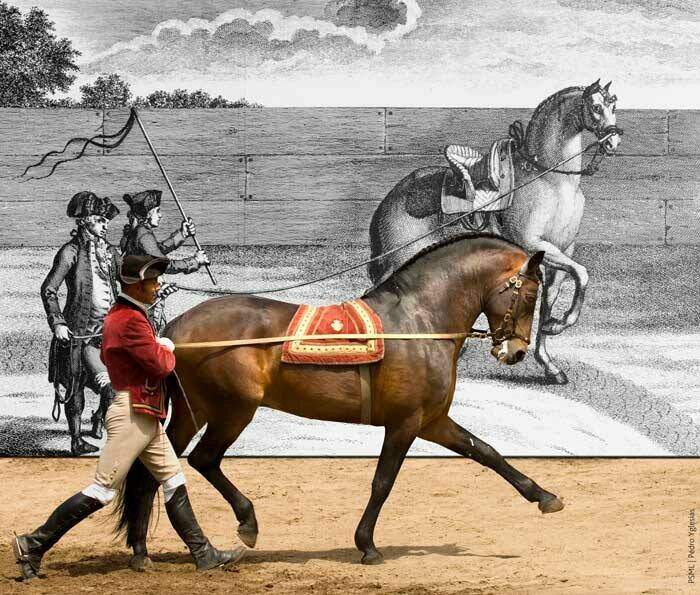Menu
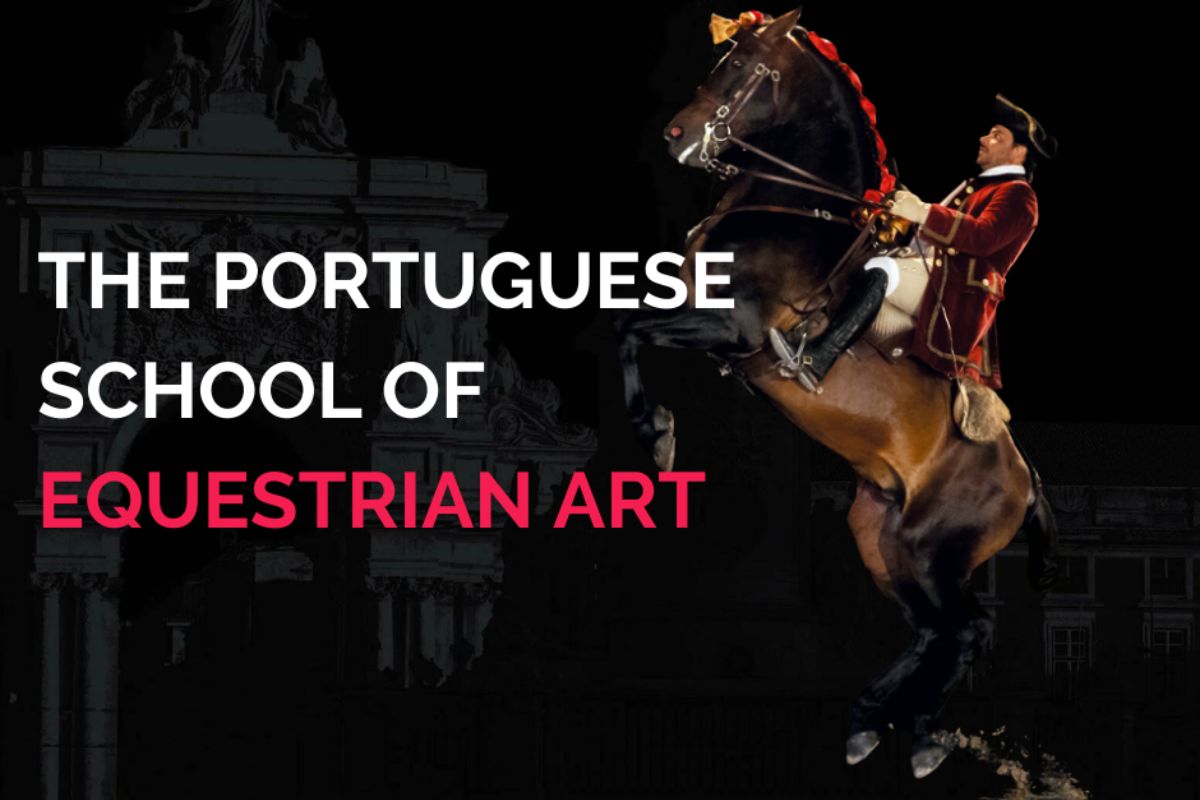
The proud traditions of educating horses after classical methods are only maintained in a few places around the world. These schools have more than a 100-year story behind them. One of them is the Portuguese School of Equestrian Art. Here, the time stands still because they sill do levades and caprioles as they did back in the 17th Century.
We have met with António Borba Monteiro who is educating both riders and horses in classical dressage. Together, we look back into the history books, but also into the future of modern dressage.
Text by Desirée Larsen // Edited by Laura Sofie Krebs
You may also like to read: Liberty training
António was brought up in a family with very qualified breeders of both bulls and horses. It was his uncle who first introduced him to the ancient traditions around the Lusitano horses. On his 18th birthday, António moved in with his uncle and aunt to train some of the best riders in classical equine art. Today, he lives with his family and continues his uncle's work.
As a young rider, Antonio worked with one of the most famous trainers and riders - Master Nuno de Oliveira. He has inspired several riders and horse owners worldwide to appreciate the classical methods. Working with him was and is viewed as a great honor.
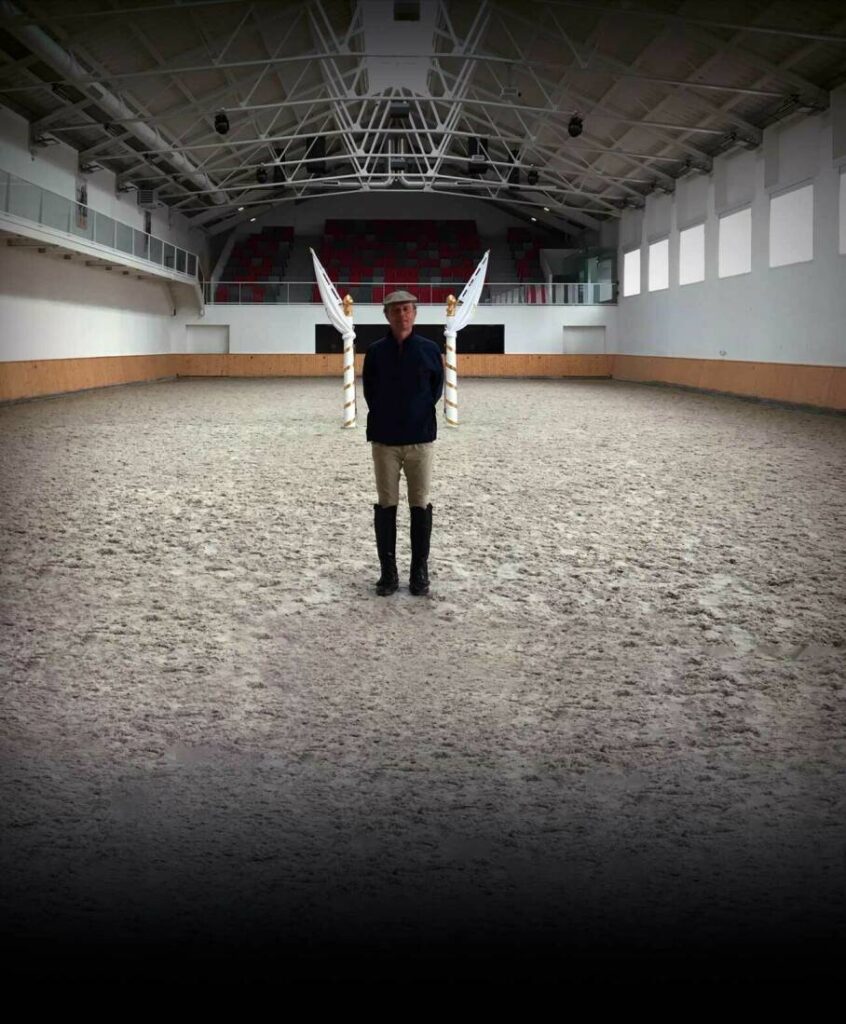
Over time, António participated in both educating the young horses and competing at the highest international dressage level. Today, he no longer competes.
"When you participate in competitions, you often ride a specific programme that everybody must be able to perform. Regardless of the talent of your horse.", explains António. "You ride with an idea of what the horse should be capable of and then try to incorporate its skills. It is very stressful to do something so specific - for both the rider and the horse."
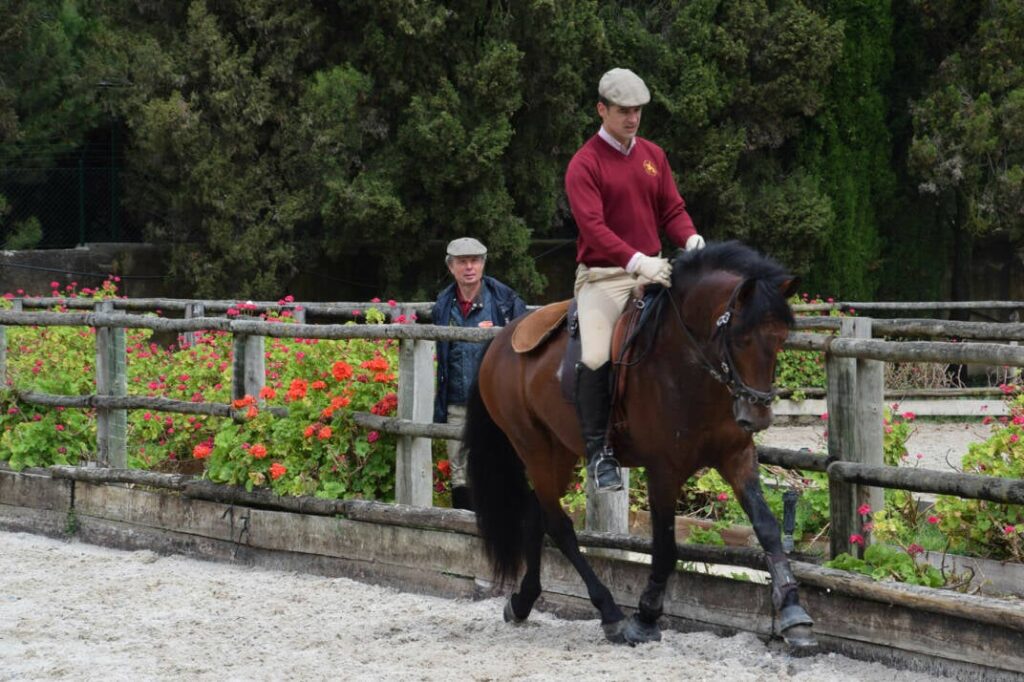
In 1998, António received the extraordinary title of Master/Chief at the school. Today, there are only 2 employees with this title. António is not certain how he ended up on this path, but he knows why he is still devoting his time to it.
"The horses give me a feeling of balance and enthusiasm for life and riding. People around me do not necessarily understand why do I spent so much time with horses.
For me, it is still a dream. I love horses, and they always tell the truth right away. They are also easy to train: when we do the right thing, we get the correct feedback."
"When we learn to appreciate the horse's dynamics, know its mind and ability to control the energy - then we can fly"
The school trains 30 young horses and 40 show horses daily. All of the training is done according to the old methods. António highlights 3 things he believes characterizes classical dressage:
António recalls the stallion Rico who won many international rides with famous Finnish dressage rider Kyra Kyrklund. Their riding prompted an evolvement of the training at the school, which António explains like this:
"The rider should always seek to adjust to the horse. This is what makes it classical. Every day we take care of the horses. Always being relaxed, deep breaths and paying attention to yourself. We must know how to ride well."
In António's opinion, all horses should be trained individually. He did not work with this in his mind but now he has become much more aware of the importance.

"horses are able to feel if we are happy or just want to see results"
António thrives with challenges, and believes he is developing every day. He is determined of his relationship with horses and always looks for the best method for each horse. He remembers that a 6-year-old horse has given up because it was not trained with its own physics in mind.
"The stallion did not have a functional balance. The horse had a short body, short legs and a big neck and head. Today, this horse is the champion when it comes to capriole."
Lusitano horses start their training at the Portuguese school during spring when they turn 3. The training begins slowly from the ground. Before they are put in a lunge line, they need to learn to walk next to the rider and pay attention to him. António says that a successful exercise is when the horse performs the exercise completely relaxed.
"We can move to the next step of the training when the horse can walk next to his rider calmly and focused. Some horses find it more difficult to concentrate. In such cases, it is important that the rider remains calm and balanced so he can project this to the horse. In classical riding, you always ride from the horse and look for its best qualities. Every horse has a talent, we just have to find out what fits the individual horse."
You may also like to read: How to pick the correct trainer
Portugal is often overseen when talking about riding history. This is unfair as the Portuguese/Iberian riders were world famous for their agile, brave horses. The riders had superb skills in training horses for mounted warfare. During the renaissance, these skills evolved into the art of classical dressage. This made it a very long and fine tradition that the Portuguese School of Equestrian Art today aims to preserve.
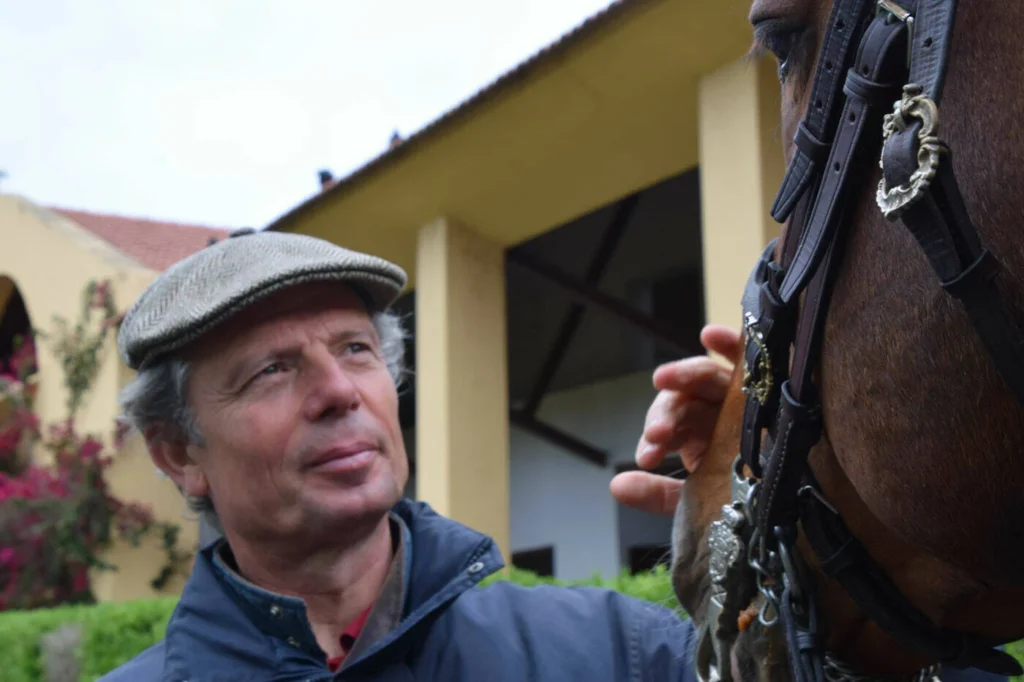
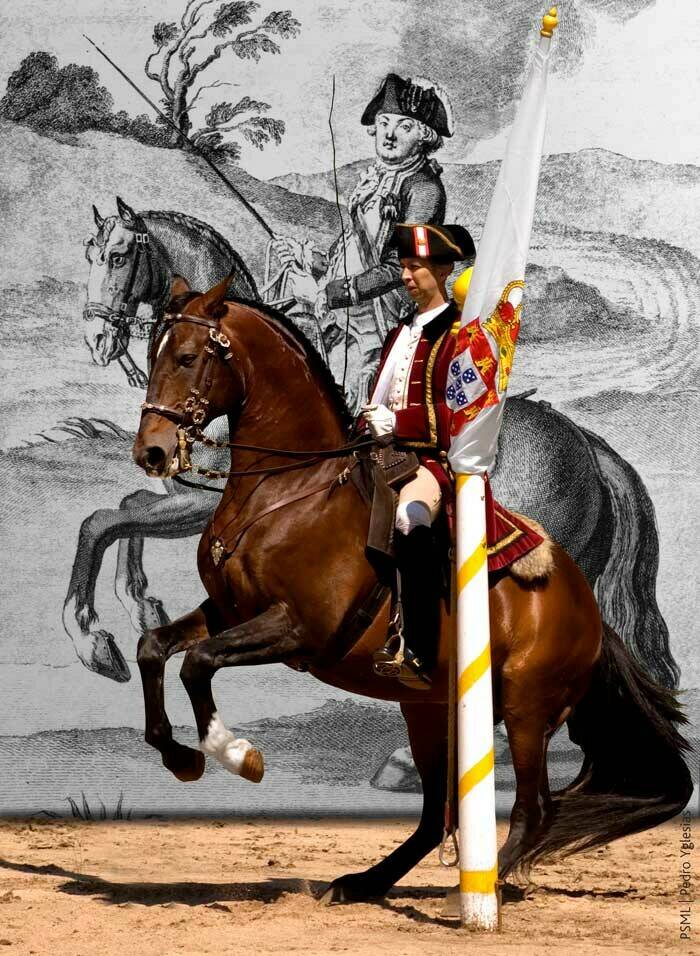
The school might be considered the least famous of the 4 recognized as the grand riding academies of the world. This is, partly, due to the fact that the school was closed during the 19th Century following invasion and political unrest.
The Royal court tried to preserve it and moved everything, including the stud horses, to safety in Brazil. However, the school has an equally long and fine tradition of equestrian art. After re-establishing in 1979, the school has been dedicated to preserve Portugal's fabulous academy of the Royal court, Real Picaria.
The school's riders follow the principles laid out in the book, Luz da Liberal e Nobre Arte da Cavallaria (1790). An extensive work that illustrates everything from basic grooming to teaching the airs above the ground and the mounted court games.
